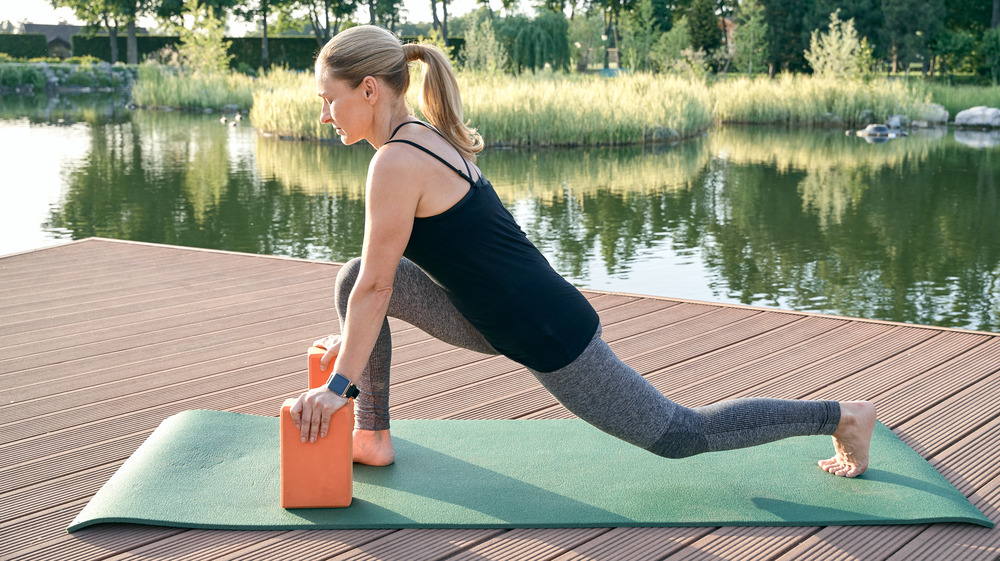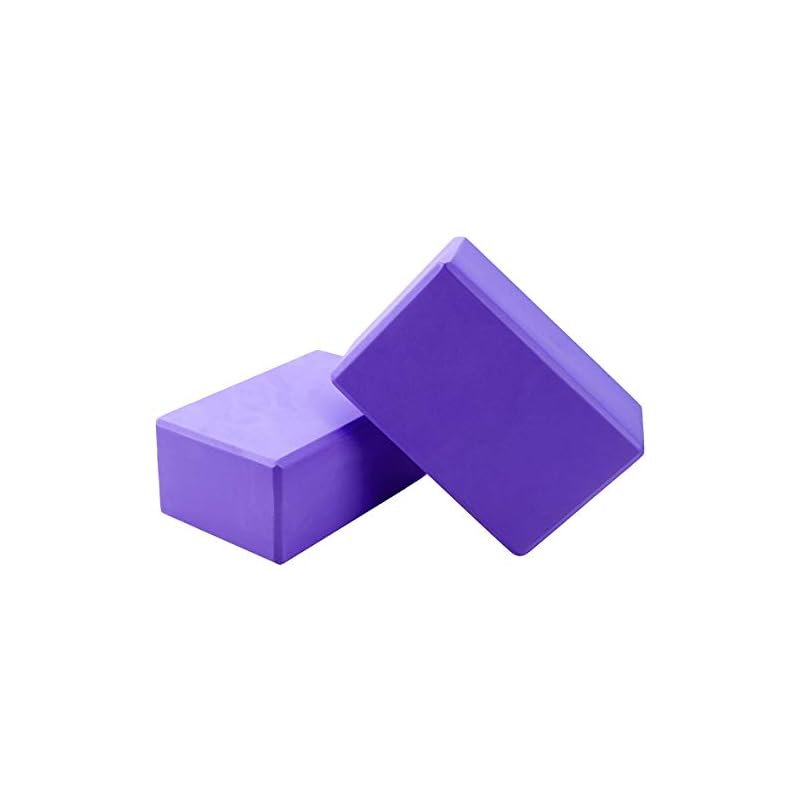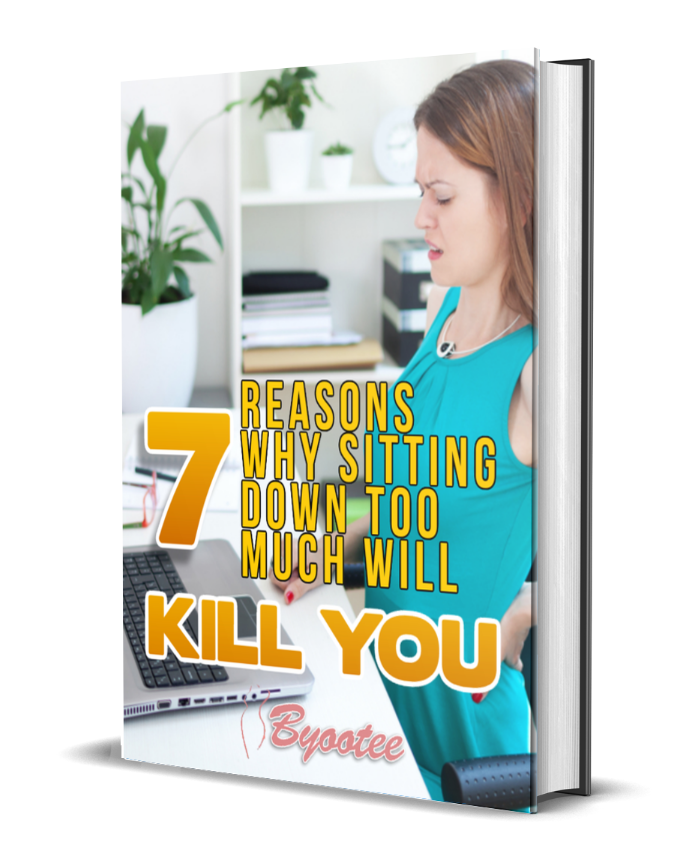Here's the deal, we all know that exercise should be a regular part of our…

Here’s How You’re Really Supposed To Use Yoga Blocks
It’s no secret that some yoga poses can present a serious challenge, especially for beginners. This is often so daunting to people just starting out that they often give up altogether. That’s why it’s important to remember that yoga is a practice, meaning that your journey with each pose can be different every day and will continue to evolve for years. Don’t be intimidated by Instagram feeds of “effortless” poses — you’re on your own path, not theirs.
As yoga instructor Ashleigh Sergent told Self, “Many students have a false perception that using props makes asanas [aka poses] ‘easier’ or ‘dumbs down’ a posture. But with some basic education and a bit of practice letting go of that ego, yoga can be greatly enhanced and advanced through the use of props.”
According to an article from Yoga Journal, blocks can be an excellent tool for yogis of all levels of skill and experience. Yes, you can use them to make a pose “easier” or as a modification to accommodate areas of inflexibility or injury, but they can also be used to change the focal point of certain poses, add extra challenge to balancing poses, or add strength training components to your flow.
Yoga blocks are a vital tool for practitioners of all skill levels
One great use for yoga blocks is to prevent injury by avoiding overstraining certain muscles. Per One Flow Yoga, many folks who sit for most of the day (hi, office workers and WFH warriors!) find that their hips may be too tight for folded positions, particularly if they are new to yoga or if the position is early in class. Using a block to assist a forward fold not only prevents lower back strain (ouch!) but allows for focus on posture while still getting a great stretch.
Blocks can also be used to challenge your balance. Yoga Journal suggests using blocks to switch up a pose like Bird Dog, where opposite arms and legs are extended from a tabletop position by adding blocks under knees and hands. This makes balance more of a challenge and works those tiny adjusting muscles differently than they would on more solid ground.
To add a strength training component to a pose, consider one where only part of the body is “actively” working and see if you can add a block hold to encourage those muscles to wake up. For example, Self suggests challenging your adductor muscles in Bridge or Camel pose by squeezing a block between your legs. Yoga Journal notes that chest muscles can be activated by holding a block between your hands in any pose with arms overhead, like Tree Pose and the Warrior series.







